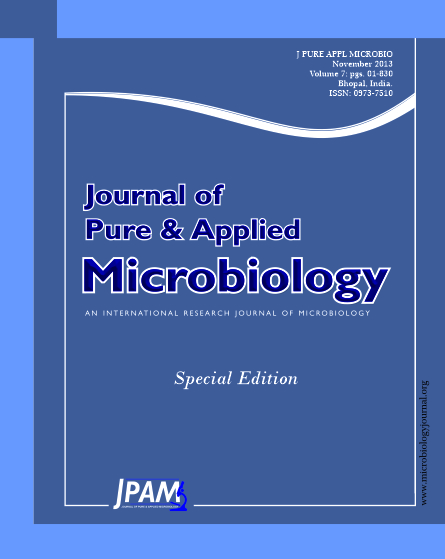Eruca sativa and Spinacia oleracea plants were used to evaluate their extra cellular potential synthesis of silver nanoparticles and their bactericidal impact on Streptococcus pneumoniae and Pseudomonas aeruginosa. Aqueous solutions of AgNO3 are mixed with plant extracts. Transmission electron microscopy (TEM) was used to characterize the morphology of the nanoparticles obtained from plant extracts. Energy dispersive X-ray (EDX) spectrometer established the existence of elemental sign of the silver and homogenous allocation of silver nanoparticles. Diffraction by using X ray (XRD) analysis for the formed AgNPs revealed spherical plus cubical shapes structure with different planes ranged between 111 to 311 planes. Scanning electron microscopy (SEM) was used to characterize the morphology of the nanoparticles obtained from plant extracts. The antibacterial action of AgNPs against human pathogens, Streptococcus pneumoniae and Pseudomonas aeruginosa was recognized. Our work showed a rapid, eco-safety and suitable method for the synthesis of AgNPs from Eruca sativa and Spinacia oleracea leaf extract and can be used in pharmaceutical and other biomedical applications.
Nanoparticles, TEM, EDX, Green biotechnology, Eruca, Spinacia
© The Author(s) 2013. Open Access. This article is distributed under the terms of the Creative Commons Attribution 4.0 International License which permits unrestricted use, sharing, distribution, and reproduction in any medium, provided you give appropriate credit to the original author(s) and the source, provide a link to the Creative Commons license, and indicate if changes were made.


